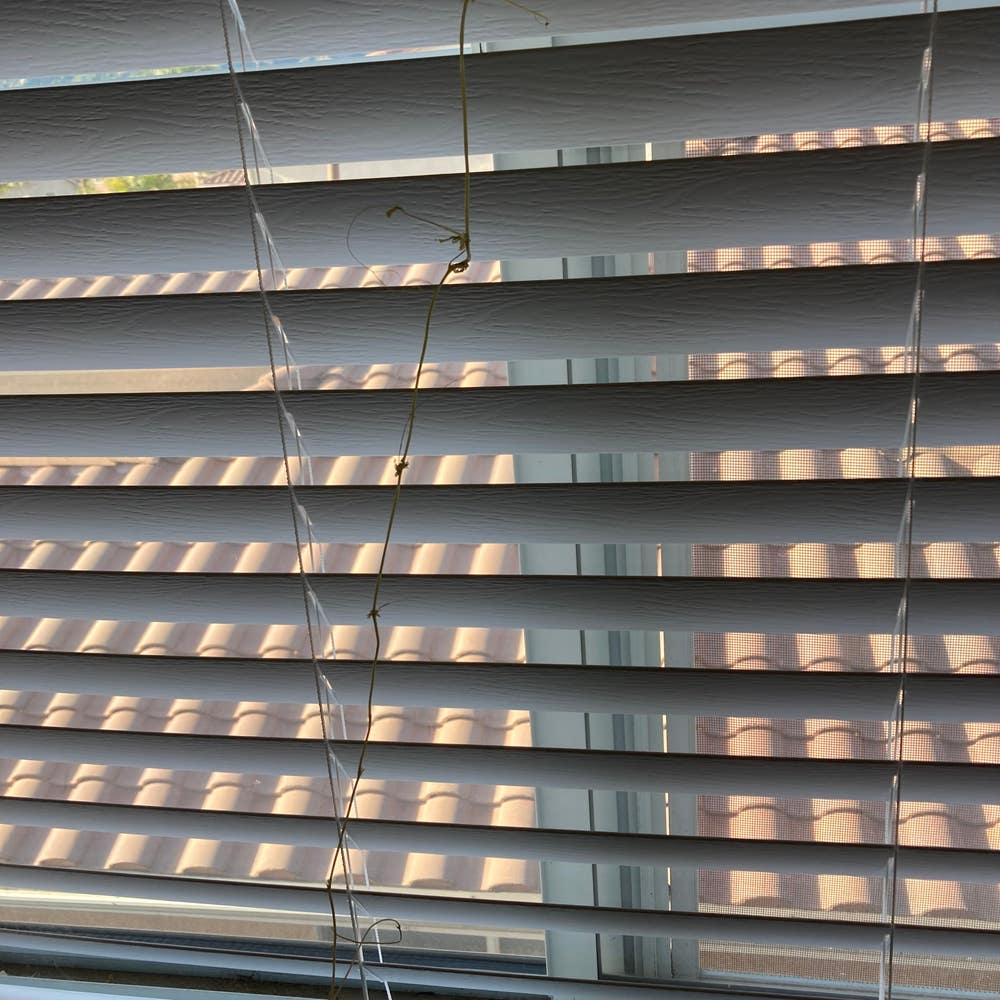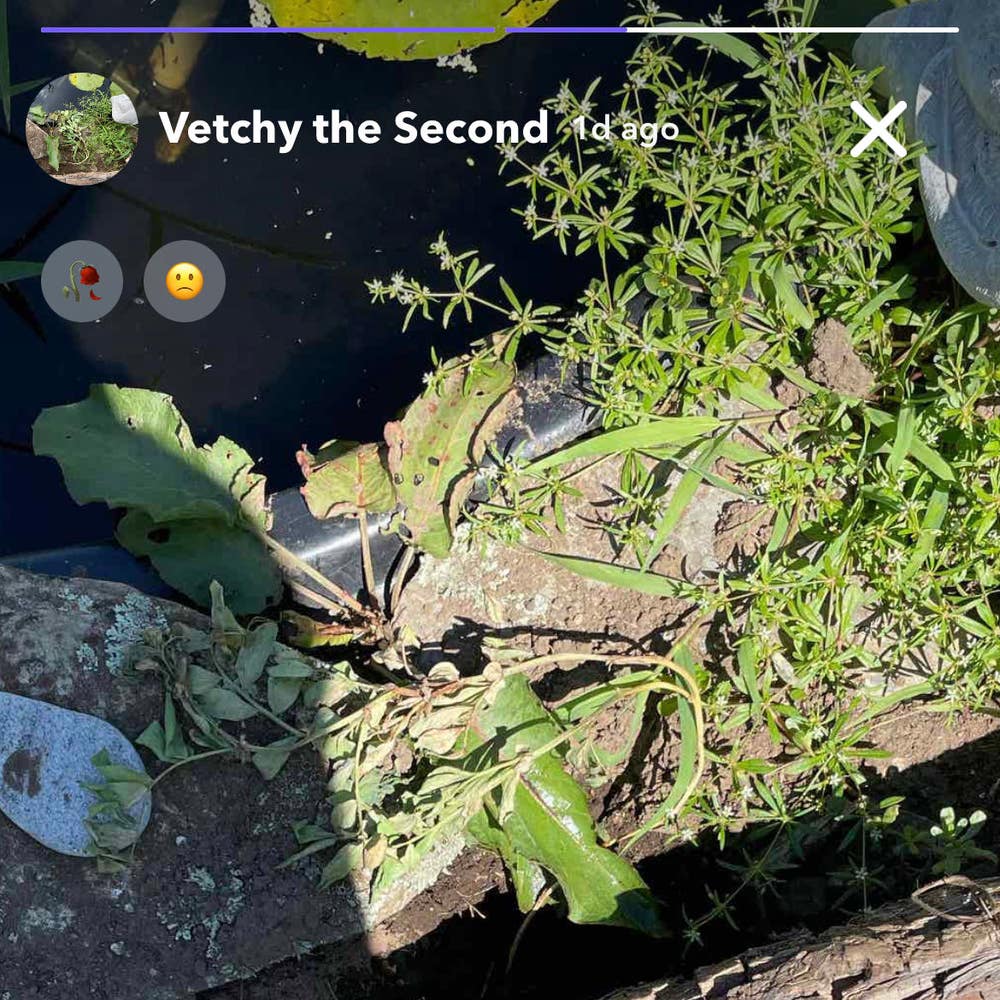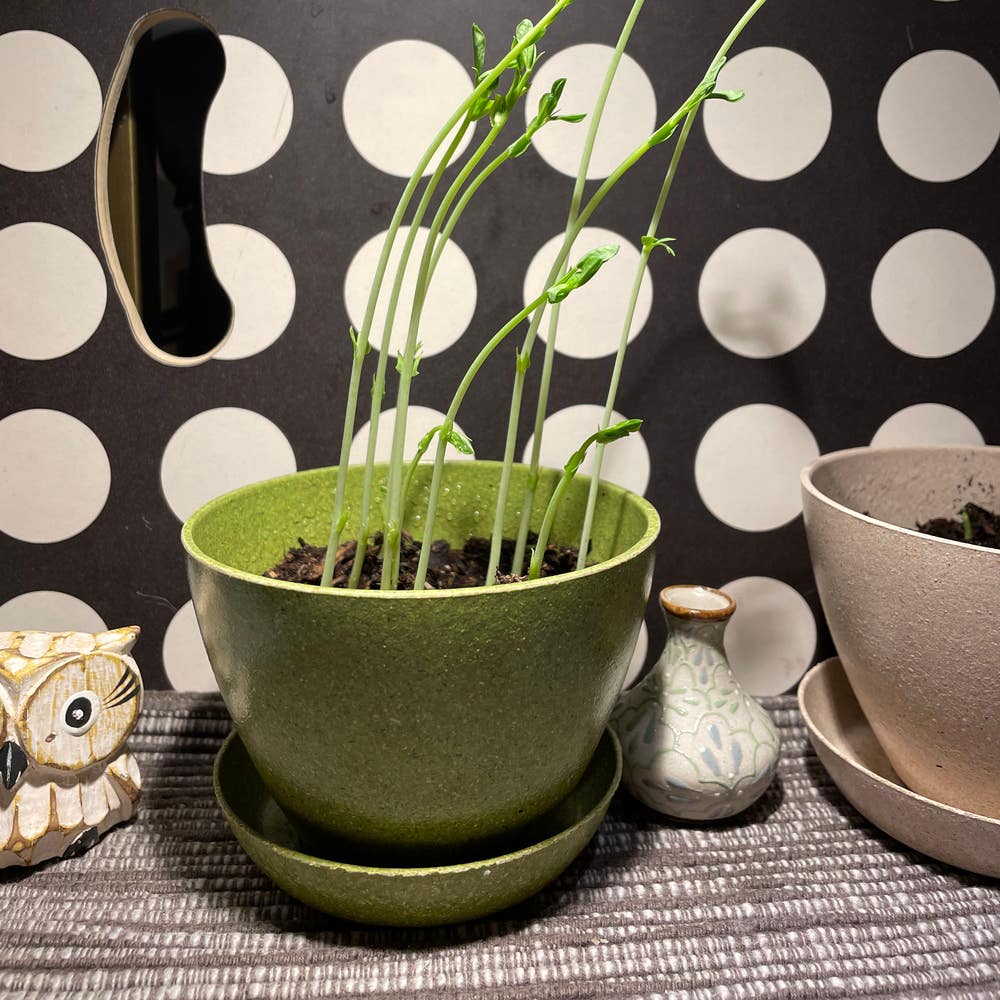Why Are My Perennial Pea Leaves Turning Yellow?
Jan 17, 2024•4 min read
Save your Perennial Peas from yellow peril 🍂 and restore their lush beauty with our expert troubleshooting guide!
- Nutrient deficiencies cause yellowing; nitrogen for old leaves, iron for young.
- 🌧️💧 Overwatering leads to root rot and yellow leaves; balance is key.
- 🐛 Pests and diseases like aphids and fungal infections can also cause yellowing.
Spotting Trouble: Identifying Yellow Leaves on Perennial Pea
🚨 Recognizing the Symptoms
Yellowing leaves on your Perennial Pea can be alarm bells. Look for leaves that have lost their vibrant green, perhaps with patterns of yellow that suggest nutrient issues or environmental stress. Curling or crispy leaves? That's your plant crying out for help.
🕵️♂️ Root and Soil Check-Up
Dig a little deeper—literally. Check the soil moisture; if it's soggy, you might be overdoing the H2O. Roots should be firm and white, not mushy or discolored. If they're looking brown or feel squishy, it's time to address potential root rot or other underlying issues.
The Usual Suspects: Common Causes of Yellowing in Perennial Pea
💡 Nutrient Shortfalls
Nitrogen is often the missing piece in the yellow-leaf puzzle of Perennial Peas. When older leaves start to look like they've lost their will to live, it's a classic sign. Iron deficiency plays favorites with the younger leaves, turning them pale as if they've seen a ghost. And let's not forget magnesium, the sneak thief, causing yellowing between the veins like a network of little yellow roads.
🚰 Water Woes
It's a tightrope walk with Perennial Peas and water. Too much, and you're drowning in a sea of yellow leaves and wilted dreams. Too little, and your plant's thirst turns leaves yellow as if they've been sunbathing in the Sahara. Overwatering is the more common villain, often leading to a horror show of root rot and fungal cameos.
🛡️ Invaders and Illnesses
Pests and diseases are the uninvited guests at the Perennial Pea party. Fusarium wilt and Ascochyta blight are the fungi that just won't leave, turning leaves yellow faster than you can say "fungicide." And let's not overlook the role of pests; aphids suck the life out of your plants like tiny vampires, leaving a yellow pallor in their wake.
Fixing the Yellow: Treatment Plans for Perennial Pea
💡 Feeding Your Perennial Pea Right
Nutrient deficiencies can turn your Perennial Pea's leaves yellow. A balanced fertilizer is like a multivitamin for your plant; it can perk up those leaves in no time. Opt for a slow-release option to avoid overwhelming your plant with nutrients. Remember, too much love in the form of fertilizer can be just as bad as neglect.
🚰 Watering Wisdom
It's a delicate dance when watering Perennial Peas. Too much, and you're on a fast track to root rot; too little, and you'll be met with droopy, yellow leaves. Aim for the sweet spot—consistent moisture without waterlogging. Consider the weather and adjust accordingly. If it's been raining cats and dogs, maybe skip the watering can for a day or two.
🛡️ Battling Bugs and Blights
Pests and diseases love a weak plant, and yellow leaves might as well be a flashing neon sign for them. Keep an eye out for the usual suspects like aphids and fungal infections. If you spot trouble, act fast with organic pesticides or fungicides. And remember, prevention is better than cure—keep your Perennial Pea healthy to avoid these issues in the first place.
Keeping the Green: Prevention Tactics
🌞 Cultivating a Healthy Environment
Sunlight is your Perennial Pea's best friend, but like a good friendship, it's all about balance. Too much sun can scorch leaves, while too little can lead to a pale, unenthusiastic plant. Aim for a spot that offers bright, indirect light. If your garden is more Sahara than sanctuary, consider some light shade to protect during the midday sun.
Temperature and humidity need to be just right. Think Goldilocks, but for plants. Avoid temperature extremes by placing your Perennial Pea away from drafty windows or the searing heat of a patio in July. If the air's drier than a stand-up comedian's wit, set up a pebble tray or use a humidifier to keep the air around your plant comfortable.
🕵️ Ongoing Care and Monitoring
Routine checks are the plant equivalent of a health check-up. Inspect your Perennial Pea regularly for signs of distress. Yellow leaves? Time to troubleshoot. Droopy stems? Check your watering schedule. Vigilance is key—catching issues early makes them easier to fix.
Prune with purpose. Snipping away old growth not only keeps your plant looking sharp, but it also encourages new growth. It's like hitting the refresh button on your browser—it clears out the old and makes way for the new.
Keep an eye out for pests. These little critters can sneak up on you like a plot twist in a thriller novel. Regular pest patrols can help you catch them before they turn into a full-blown infestation.
Remember, prevention is better than cure. By creating the right environment and staying on top of care, you'll keep your Perennial Pea's leaves greener than a leprechaun's wardrobe.




